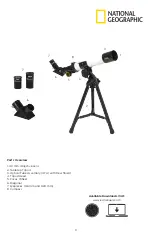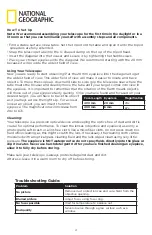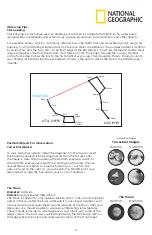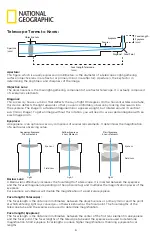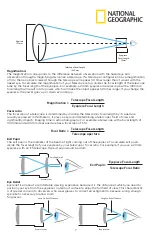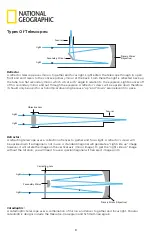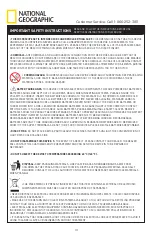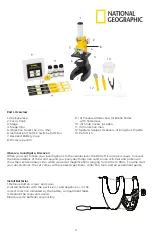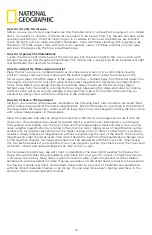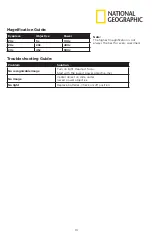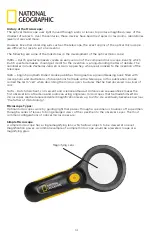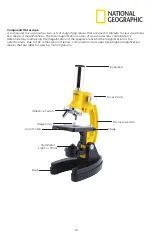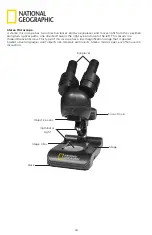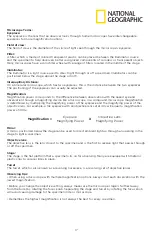
17
Microscope Terms:
Eyepiece:
The eyepiece is the lens that an observer looks through. Some microscopes have interchangeable
eyepieces for more magnification options.
Field of view:
The field of view is the diameter of the circle of light seen through the microscope’s eyepiece.
Filter:
A filter, which is made of colored transparent plastic, can be placed between the illuminator source
and the specimen to help observers better recognized components of colorless or transparent objects.
Many microscopes have a color filter wheel with a range of filters located in the middle of the stage.
Illuminator:
The illuminator is a light source used to direct light through or off a specimen. Illuminators can be
positioned below the stage, above the stage or both.
Interpupillary Distance:
On a binocular microscope, which has two eyepieces, this is the distance between the two eyepieces.
The positioning of the eyepieces can usually be adjusted.
Magnification:
Magnification power corresponds to the difference between observation with the naked eye and
observation through a magnifying device like a microscope. In a compound microscope, magnification
is determined by multiplying the magnifying power of the eyepiece and the magnifying power of the
objective lens. For example, a 10x eyepiece with an objective lens set at 40x will equal to magnification
power of 400x.
Mirror:
A mirror positioned below the stage can be used to direct ambient light up through an opening in the
stage to light a specimen.
Objective lens:
The objective lens is the lens closest to the specimen and is the first to receive light that passes through
or off the specimen.
Stage:
The stage is the flat platform that a specimen sits on for observing. Many are equipped with metal or
plastic clips to secure slides in place.
Turret
The turret, which is also known as a revolving nosepiece, is a revolving set of objective lenses.
Observing tips:
• When using a microscope with multiple magnification options, always start each observation with the
lowest magnification.
• Before you change the objective setting, always make sure the microscope stage is farthest away
from the turret by rotating the focus knob. Separating the stage and turret by rotating the focus knob
will avoid causing damage to the specimen slide or microscope.
• Remember, the highest magnification is not always the best for every specimen.
Magnification =
Eyepiece
Magnifying Power
Objective Lens
Magnifying Power
X

